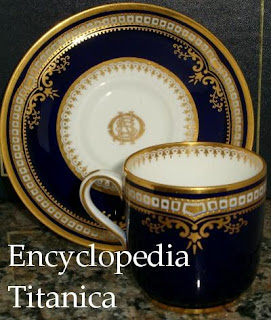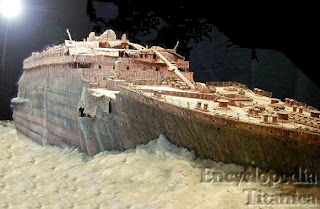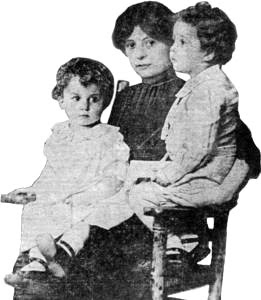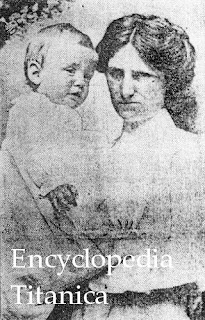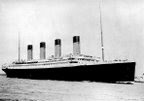REFLECTIONS
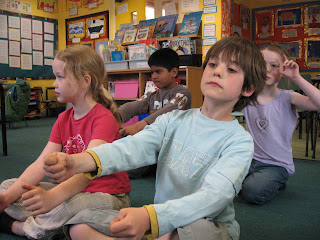
Well, the Sea Company have finished their big commission and has finally wound down. This moment happened to co-incide with our school open evening. As our school is, very sadly, closing down at the end of this academic year, each class had taken on the theme of a decade from the past. As the children have been so consumed by the work of the company, my class decided to choose the Edwardians and set up the whole classroom around the Titanic project. We dressed up as Edwardians, displayed all our research and information about the dive, invited visitors to fill in details on a giant picture of the Titanic, ran videos of salvages and original footage of the ship, set up the computers with the passenger and crew lists and the interactive CD Rom and ran a Titanic quiz. It was great for the parents and other children in the school to see what we have been doing and to take part in the activities.
The children have loved this Mantle. I've loved it too - it's been fascinating, exciting and full of so many possibilities, many of which we never had time to explore. The ultimate tragedy of the story has produced many moments of real poignancy and depth of thought. It's the people that have been the real hook for the children - they've really cared and this has come through time and time again in their spoken thoughts, their pictures and their writing. I'm so thrilled the parents have been so on board and have really seemed to understand and appreciate the nature of this work and what their children have got out of it.
I've learned so much working through this Mantle - it's been a bit of a roller coaster at times but I think I'm getting better at sequencing, thinking through those all important steps to get to a moment, using the conventions and refining my use of language, particularly questioning, to get to the heart of things with my wonderful team of children. They have been amazing - offering me so many gifts and new pathways through the creativity and freedom of their thoughts and ideas.
Thank you also to all the other people who have supported and inspired me along the way: Michael, Dene, Serena, Lisa, Luke, Brian, Tim, Catrin, Emma, Sal, Julia, Emily to name a few!
What next? Well, it looks like the children are raring to set up a health and fitness club - we've come across this poor guy who really needs our help .............

